All Science Fair Projects
1000 science fair projects with complete instructions.


71 Science Fair Projects for 6th Graders
Our collection of 6th grade science projects offer a fun and hands-on way for middle school students to explore a variety of fascinating science concepts.
6th Grade Science Fair Project FAQ
What are some easy 6th grade science fair projects.
Each one of these science fair projects are easy for sixth grade students to set up and do!
Burn Rate of a Candle
Soap and Surface Tension
Baking with Yeast
Color and Taste
Growing Mold
Cleaning Teeth: A Science Project
Comparing Blood Pressure
The Chocolate Rock Cycle
Uncovering Fall Colors
Making Oobleck: Liquid or Solid?
Science fair project details right above the FAQ!
What is the best 6th grade science project ever?
We love the Color and Taste science fair project for sixth grade students. The same flavored drink is made red, orange and purple with food coloring. When the three drinks are given to people, see what people taste! It's fascinating to see how color affects our perception of taste in this classic science experiment!
If you're looking for more 6th grade science projects, check out the 6th grade science fair projects at the top of this page!
Check out more Best Science Fair Projects →
What are some cool 6th grade science fair projects?
Get ready to be amazed by these super cool science projects for 6th graders! With just a few simple things, sixth graders will see how fun and cool science is!
Does Music Help Plants Grow?
Dogs vs. Humans: Bacteria in the Mouth
Singing Glass
Fast Food Nutrition
Cleaning teeth: A Science Project
Video Games and Blood Pressure
Moisturizer Test
What are 5 testable questions for 6th grade?
A testable question is a question that we can answer through a science experiment. To do this, we do a control science experiment, then we change one thing in the experiment to see how it affects what happens. This is how we can discover the answer to our question!
What makes a cloud form?
Can drink and food taste different just by changing its color?
Does the color of light affect photosynthesis?
Does temperature affect seed sprouting?
What makes popcorn pop?
Here are more testable questions along with their science projects →
What are the top 10 science projects for 6th grade?
These are our top 10 science projects for 6th grade, with projects covering biology, chemistry, physics, medicine and health. These projects can be used as science fair project ideas or as a fun experiment to explore different areas of science!
Plant Growth: Hydroponics vs. Soil
Science project details above the FAQ!
Can I do a 6th grade science fair project in a day?
Yes! Quick experiments can be a great option for a science fair project! If you want to explore quick reactions, we have science project ideas on various topics to get you started.
Acids and bases: Test different fluids to see if they are an acid or a base!
Learn how to make your own acid/base indicator using red cabbage and use it to test different fluids! Make Your Own PH Indicator
Chromatography reactions: Separate out colors!
Have you ever wondered why leaves change color in the fall? Let's find out by using chromatography to separate the colors of a green leaf! Uncovering Fall Colors
Heat reactions: Heat speeds things up!
Ever wondered if a balloon filled with water can withstand fire? Fire-Resistant Balloons
What are some hands-on ways to find inspiration for my science fair project?
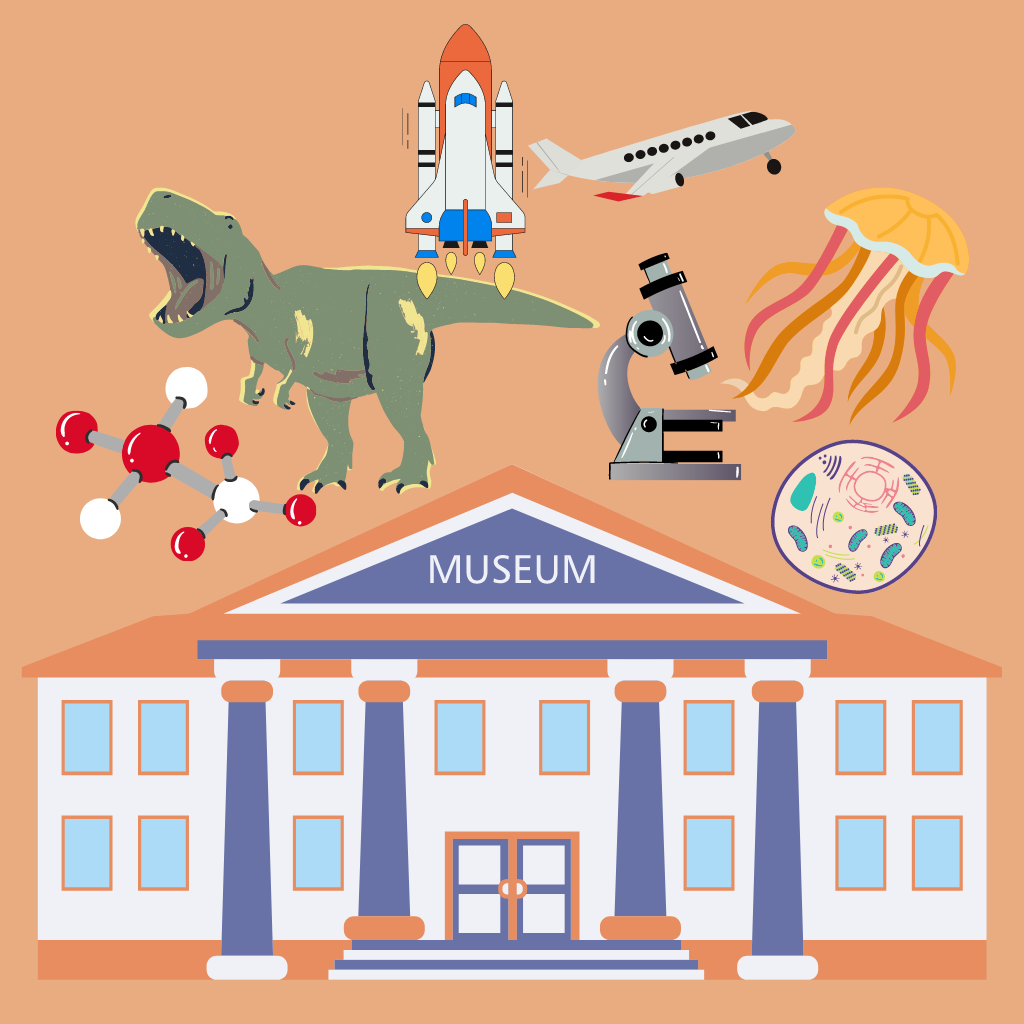
There may be free admission days or free passes to a science museum near you! Check your local library for free museum passes, nearby science museums for free entrance days and your credit card for offers.
Find a science museum near you and prepare to be awed by all that you can learn there! I always learn something new and am inspired whenever I go to a science museum!
How do I start a science fair project?
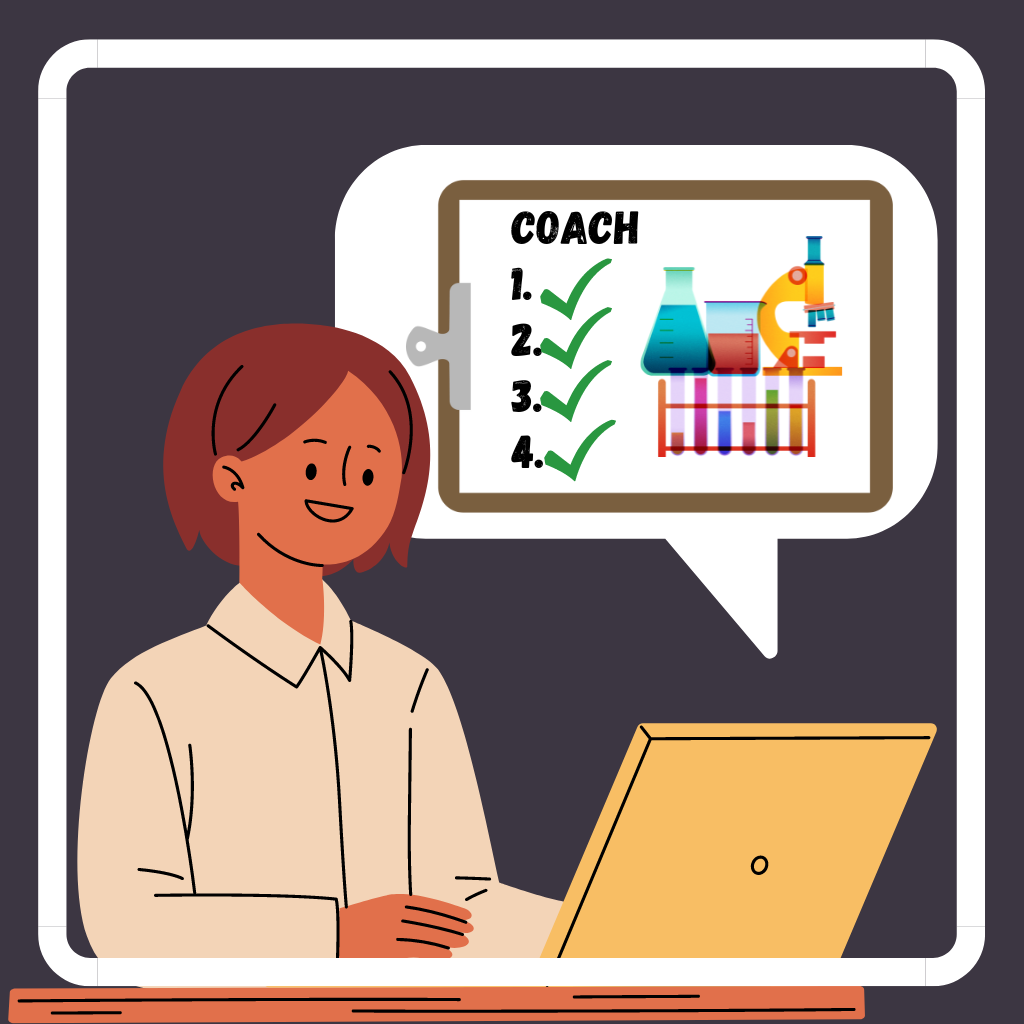
What should I do after I have a science fair project idea?
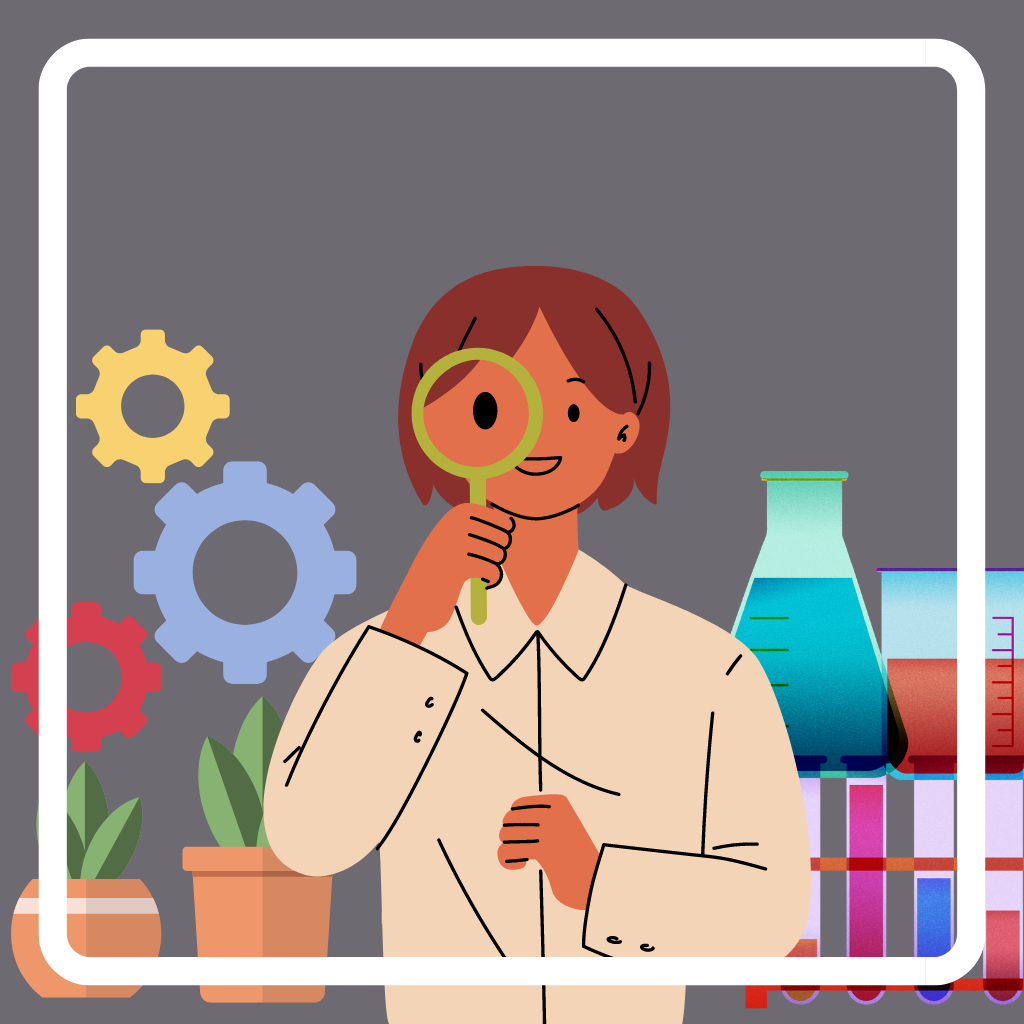
How do I make a science fair board?
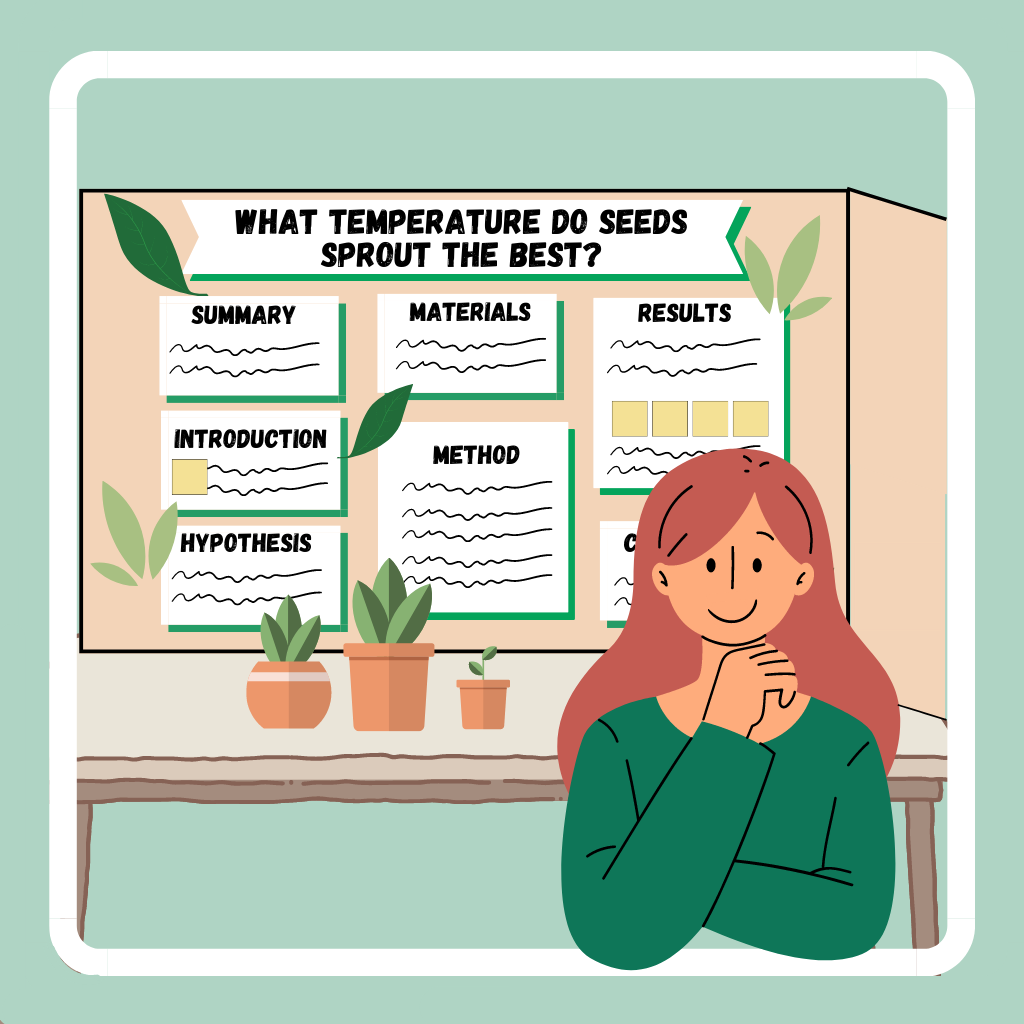
What is the scientific method?
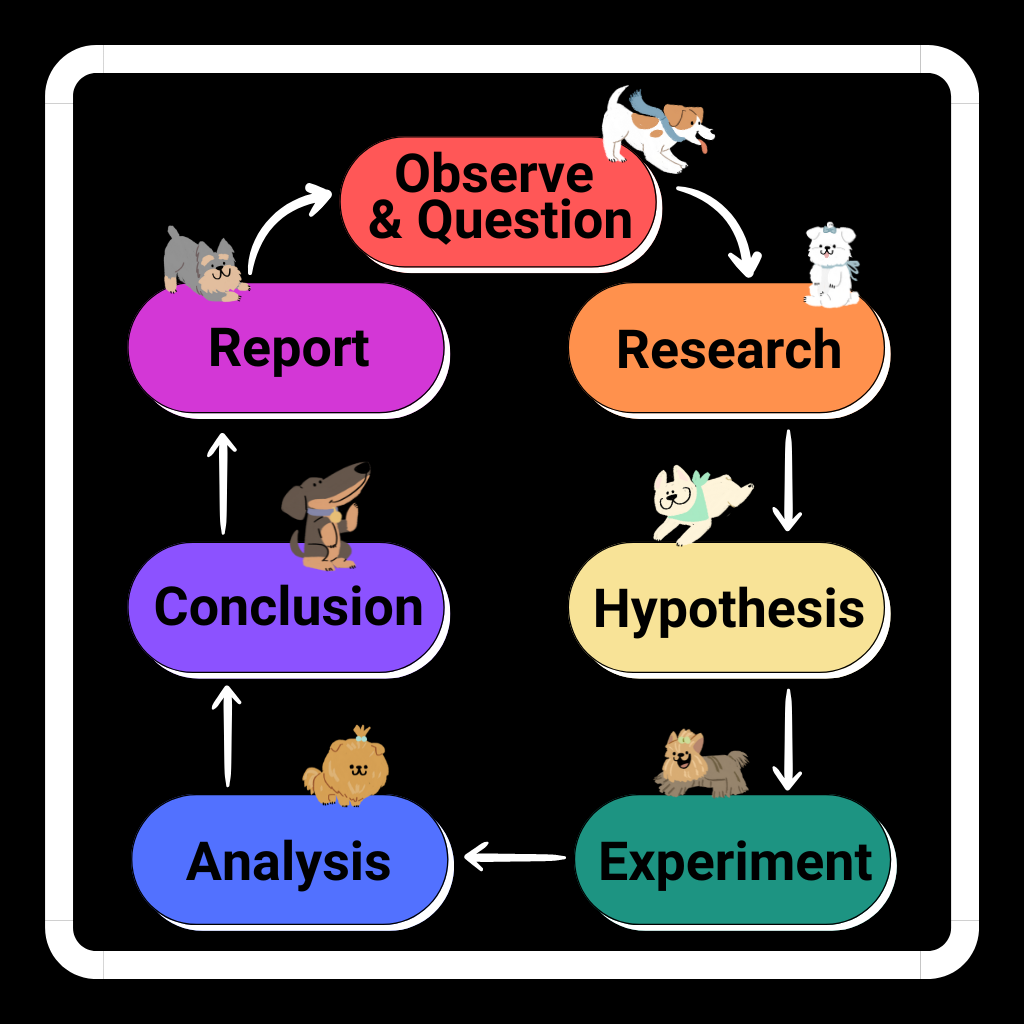
What is the engineering design process?
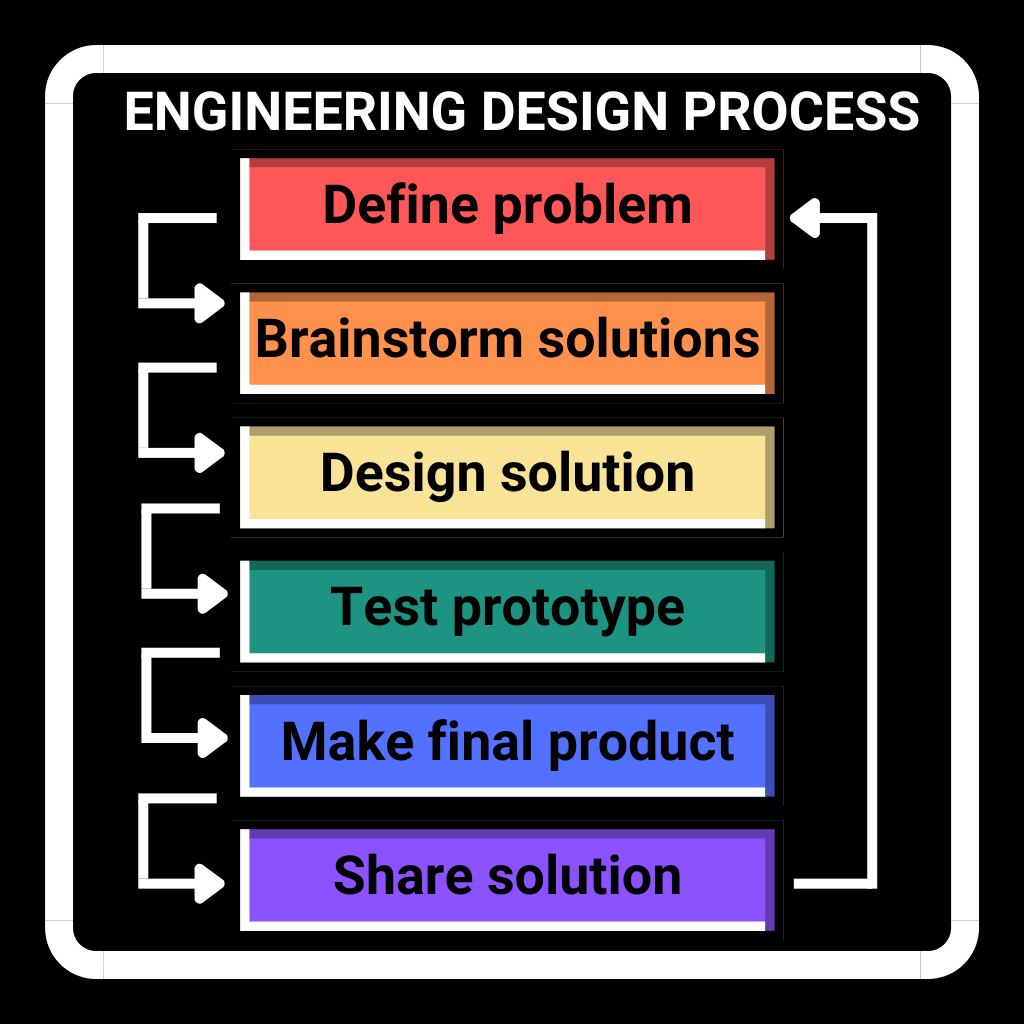
Where can I find a science fair competition?
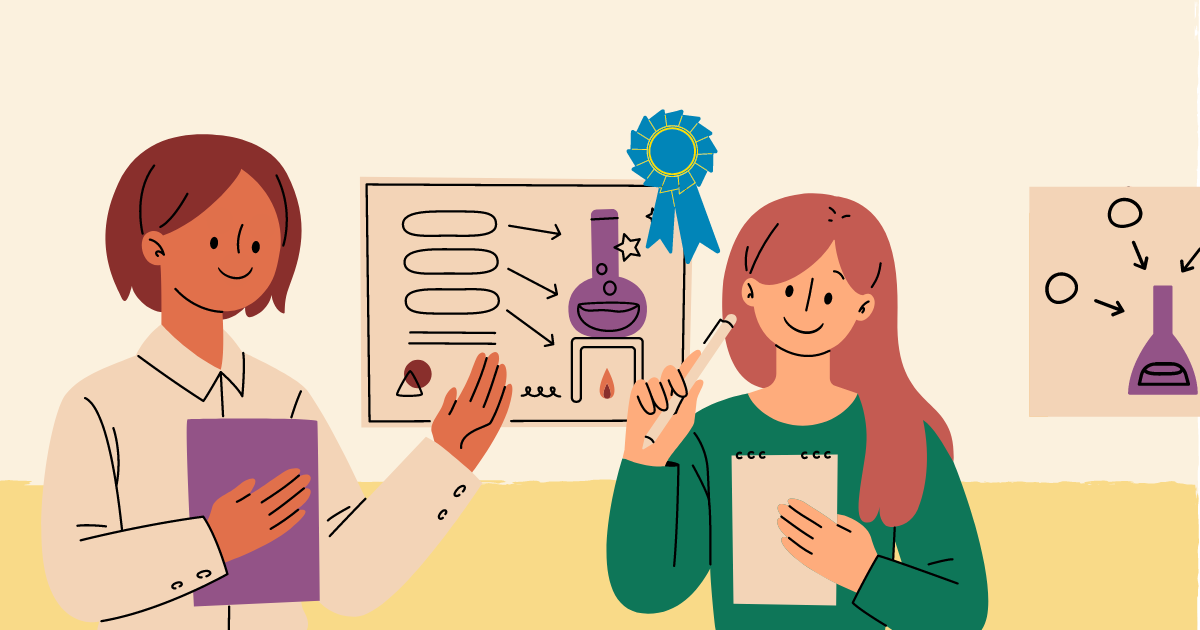
The www Virtual Library: Science Fairs website also has a collection of science fairs from all over the world, as well as national, state, regional, local, and virtual competitions!
- Grades 6-12
- School Leaders
Don’t Miss Our List of the Top 2024-25 Competitions for Students in Grades K-12! 🏆
Every product is independently selected by our team of teacher-reviewers and editors. Things you buy through our links may earn us a commission.
50 Interesting 6th Grade Science Fair Projects and Classroom Activities
Award-winning ideas and science demos on every topic.
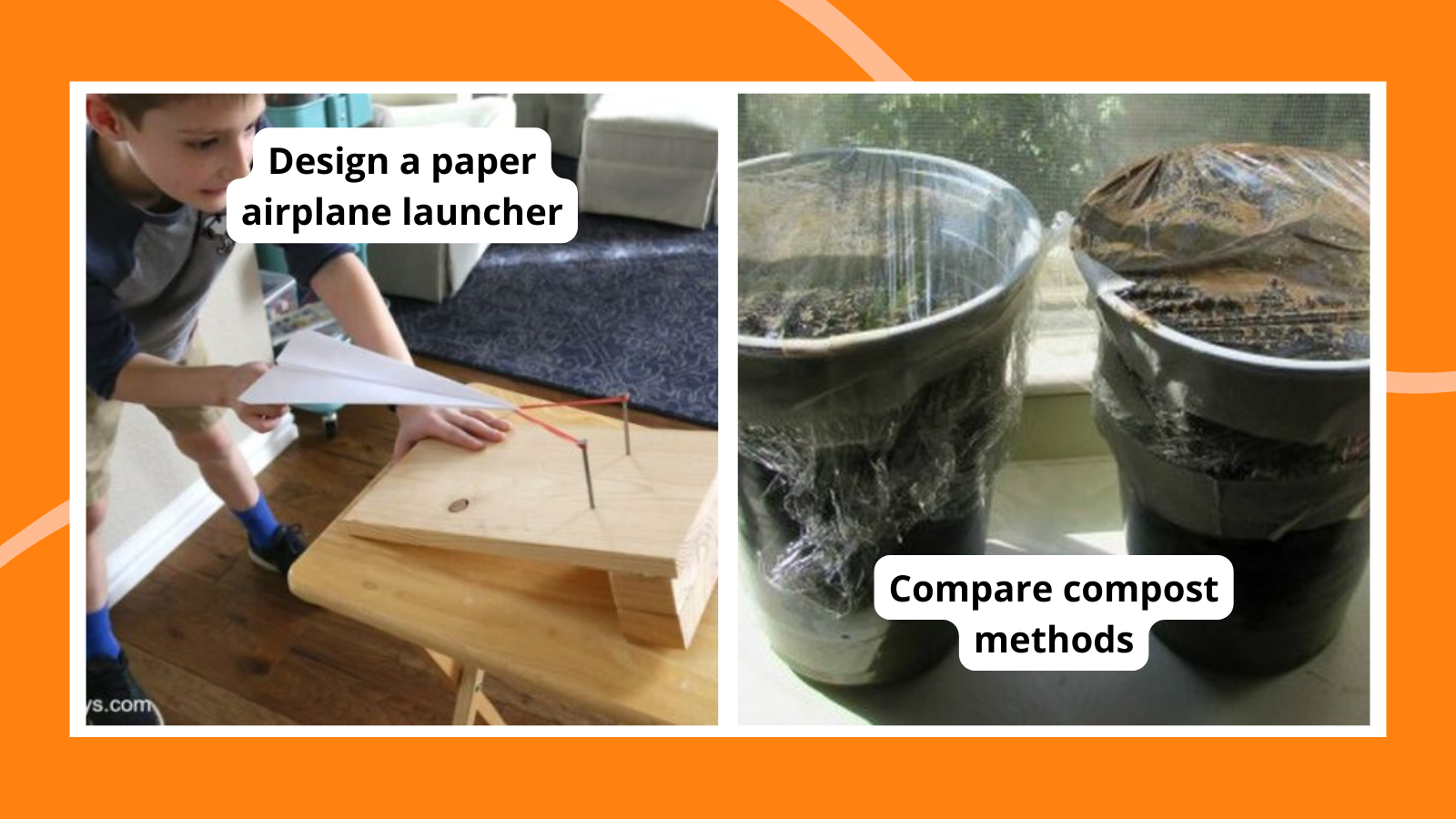
Sixth grade science covers a wide variety of topics and varies depending on the curriculum. We’ve rounded up the best 6th grade science fair projects to inspire kids, as well as classroom science demos and activities that will grab their attention.
To make it easier to find what you’re looking for, we’ve rated all the projects and activities by difficulty and the materials needed:
Difficulty:
- Easy: Low or no-prep experiments you can do pretty much anytime
- Medium: These take a little more setup or a longer time to complete
- Advanced: Experiments like these take a fairly big commitment of time or effort
- Basic: Simple items you probably already have around the house
- Medium: Items that you might not already have but are easy to get your hands on
- Advanced: These require specialized or more expensive supplies to complete
Biology and Earth Science 6th Grade Science Fair Projects
Chemistry 6th grade science fair projects, physics and engineering 6th grade science fair projects, 6th grade science classroom demos and hands-on activities.
For students interested in anatomy, animals, geology, ecology, and more, these are the science fair projects they need!
Find the fastest way to ripen fruit
Difficulty: Medium / Materials: Medium
Need to ripen those bananas or peaches in a hurry? Do some research and then experiment to find the fastest way to safely ripen fruit without sacrificing flavor.
Clean up an oil spill
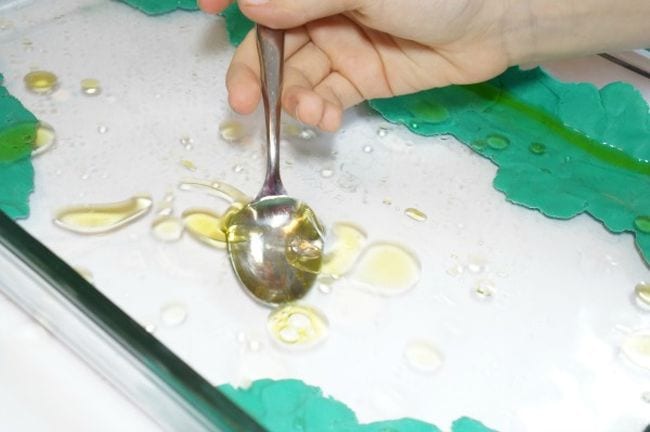
Learn why an oil spill is so devastating for wildlife and the ecosystem with this hands-on activity. Kids experiment to find the best way to clean up oil floating on water and rescue the animals affected by the spill. ADVERTISEMENT
Learn more: Oil Spill Cleanup at Kitchen Counter Chronicle
Explore new ways to filter water
Basic water-filtration systems are pretty simple, but they make terrific science fair projects. Experiment with different setups, and find a way to make safe drinking water for people who need it.
Shake it up with earthquake science
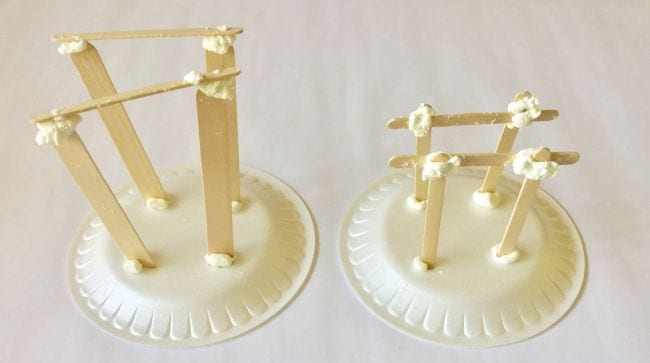
Difficulty: Easy / Materials: Basic
Build simple model structures, then experiment to see how the actions of earthquakes affect them. Do research into what engineers and architects build in earthquake zones, then perform an experiment to see if you can improve on their findings.
Learn more: Earthquake Science at Love To Know
Grow a better garden using hydroponics
Hydroponics is the hot new gardening trend, but is it really a better way to garden? Find out with a DIY hydroponics gardening setup, comparing the results with traditional container gardening.
Find out if chewing gum really helps improve test scores
One of the more popular 6th grade science fair projects answers the question: Does chewing gum affect test scores? You’ll be surprised by the results!
Create top-notch compost in a cup

This is an easy science activity, and you can turn it into a science fair project by experimenting with different mixtures, layering, and conditions for your compost cups.
Learn more: Compost Cups at The Happy Housewife
Learn the best way to repel ants
Do you really need to use poisons to keep ants out of your home? Explore other possible solutions in this science project idea.
Simulate a tsunami and find ways to protect people
Build a model to simulate a tsunami, then come up with potential ways to minimize the damage future waves may cause.
Design a squirrel-proof bird feeder
Squirrels can be real pests at backyard bird feeders, and people are always trying to come up with new solutions to the issue. Can you be the one who finally solves this pesky problem?
Students who love to mix up chemicals and explore the results will enjoy these 6th grade chemistry science fair ideas.
Compare baking powder and baking soda
Baking powder and baking soda have similar names, but do they behave the same when used in a baking recipe? Bake up a few cakes and find out!
Devise a formula for creating the biggest soap bubbles
Soap bubble formulas vary, and some allow you to make bigger bubbles than others. What does it take to make the biggest bubble of them all?
Learn if tea and cola damage teeth
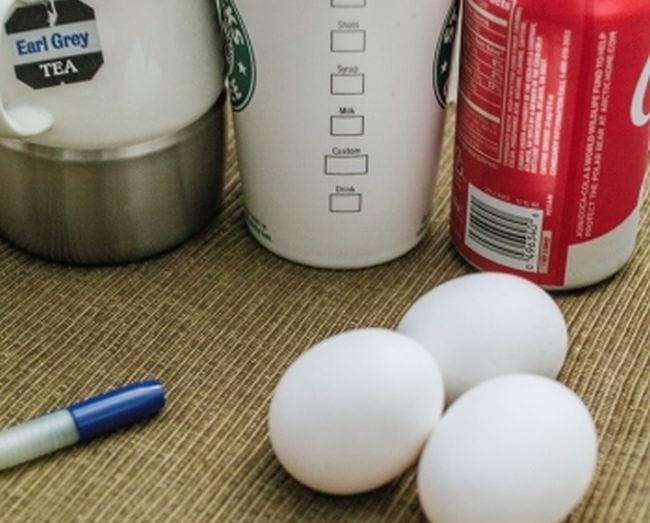
Difficulty: Easy / Materials: Medium
Use eggshells to explore how various beverages can stain teeth in this classic 6th grade science fair project. (It also teaches important lessons about dental hygiene!)
Learn more: Teeth and Eggs at Education.com
Look for iron in your breakfast cereal
The human body needs iron to be healthy, and many breakfast cereal boxes boast that they contain it. Conduct a 6th grade science fair project to find out if cereals really contain all the iron they say they do.
Find the best way to clean up old coins
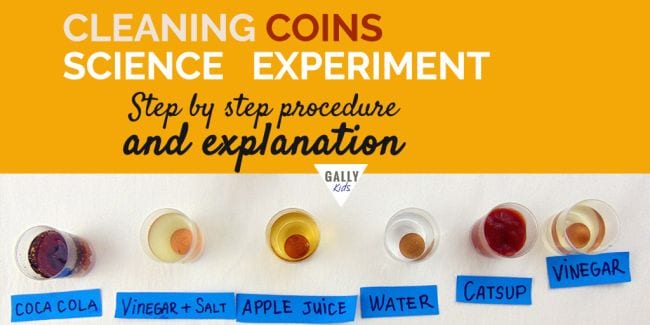
Use common household items to make old oxidized coins clean and shiny again in this simple chemistry experiment. Form a hypothesis about which method will work best, then do some research to explain the results.
Learn more: Cleaning Coins Experiment at Gally Kids
Explore the effects of various sugars on yeast
Yeast needs sugar to grow, but does the type of sugar matter? And can you use sugar substitutes instead? This is a sweet way to find out!
Grow the biggest carbon sugar snake
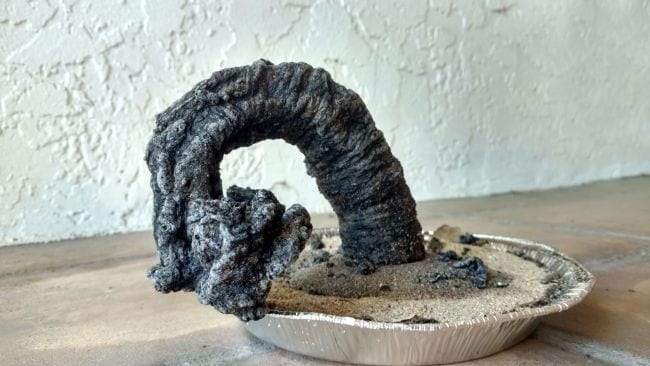
Tinker with the formula to create the biggest carbon sugar snake possible! This is an engaging project that will wow other students too.
Learn more: Carbon Sugar Snake at KiwiCo
Determine whether soda has more sugar than juice
Which do you think has more sugar, a glass of Pepsi or one of orange juice? Boil away the water to find out in this 6th grade chemistry experiment.

Explore the properties of plastic made from milk
Making milk from plastic is actually pretty simple. Turn it into a science fair project by learning more about its strength, durability, and flexibility, and proposing a practical use for it.
Determine which type of juice has the most vitamin C
Vitamin C might not immediately cure your cold, but it definitely has health benefits. Does orange juice really have the most vitamin C? Conduct an experiment using an iodine titration method to learn the answer.
Calling all tinkerers! Build, create, and engineer a science fair project using physics principals.
Build a powerful paper-plane launcher
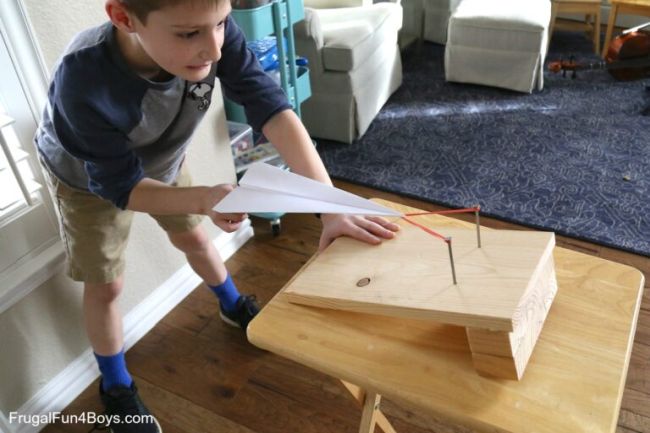
Here’s a cool 6th grade science fair project. Design and build a paper-airplane launcher that can fly a plane farther than anyone else’s.
Learn more: Paper Plane Launcher at Frugal Fun for Boys and Girls
Figure out the fastest way to cool a soda
Adding ice to a glass of soda cools it off, but it also waters it down. See if you can find a fast way to cool down soda while it’s still in the can or bottle instead.
Launch a bottle rocket higher or more accurately
A basic water-powered rocket isn’t that hard to assemble, but you can turn it into a bona fide 6th grade science fair project by playing around with the design. Figure out how to launch it higher, or change the trajectory to hit a certain target.
Identify the best insulating material
Insulating an item can prevent it from losing heat, like an insulated beverage bottle. What materials are the most effective insulators? How can you find out?
Drop parachutes to test air resistance
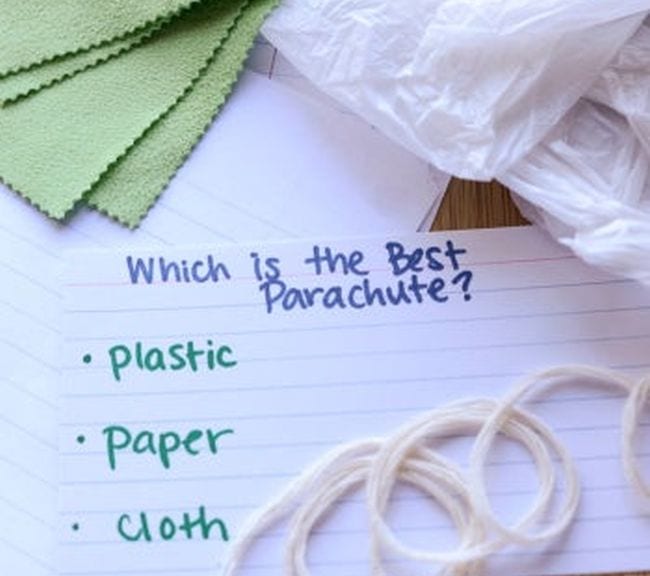
Use the scientific method to test different types of material and see which makes the most effective parachute. This is an easy project that’s perfect for kids interested in design and engineering.
Learn more: Parachutes at Education.com
Discover which produce best powers a clock
Here’s one of those classic science fair projects that you can really customize to make your own. Try testing out a variety of fruits and veggies, or playing around with connecting several types of produce to see what happens. This inexpensive kit has all the supplies you need.
Engineer the strongest craft stick bridge
Difficulty: Medium / Materials: Basic
This is a classic science activity for the classroom, but it works well for 6th grade science fair projects too. Form a hypothesis about the strongest type of bridge design, then build your own models to test it out.
Assemble the best simple motor
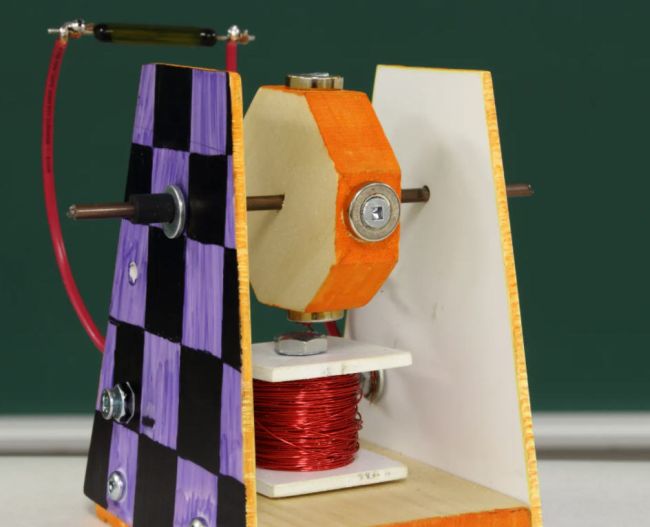
Looking for an idea that’s impressive but not too complicated? Build your own simple motor! You only need a few special supplies, including insulated copper wire and neodymium magnets . Turn it into a true 6th grade science fair project by altering the variables to see if you can increase the speed, reduce the noise, or make other improvements.
Learn more: DIY Motor at Home Science Tools
Learn if room temperature affects candle burn rate
This is a simple experiment to conduct, and it’s inexpensive too. Burn birthday candles in a variety of temperatures to see if they burn faster in higher temps.
Determine how much money energy vampires are wasting in your home
So-called “energy vampires” use up energy even when they’re not in active use. And energy costs money. Determine how much energy is being wasted by energy vampires in your home, and figure out how much money you can save on an annual electric bill by getting rid of them.
Engage students with a live demonstration showing the concepts they’re studying. Even better, give them a chance to get hands-on and do the science themselves!
Assemble motorized tiny dancers
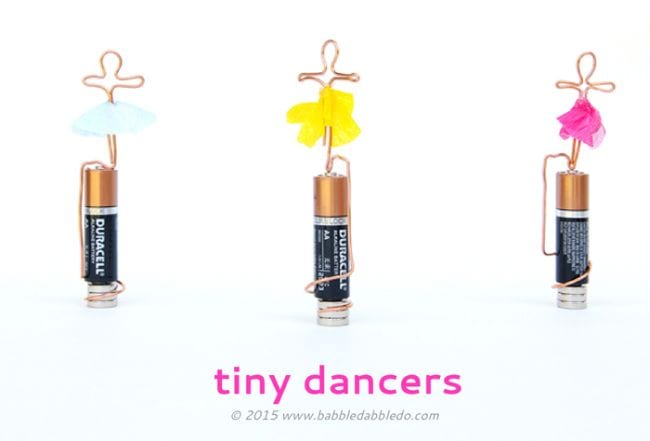
Build a homopolar motor to make little spinning wire dancers. It takes a little practice to get it right, but it’s a really fun way to learn about motors and energy.
Learn more: Tiny Dancers at Babble Dabble Do
Amplify your smartphone with basic supplies
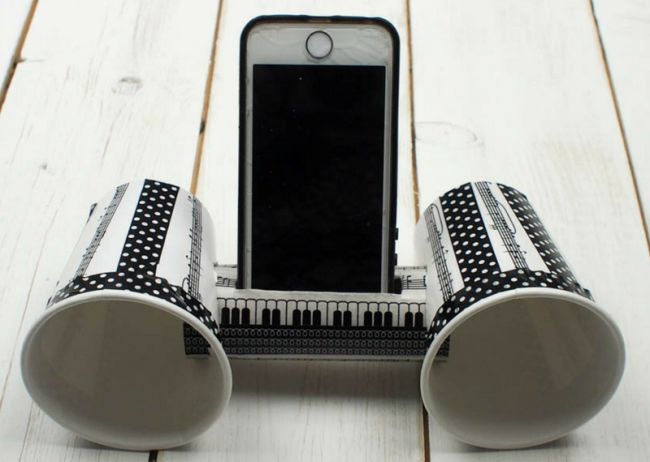
No Bluetooth speaker? No problem! Build your own from paper cups and a toilet paper tube. This is a 6th grade STEM challenge that’s sure to amaze kids.
Learn more: Cell Phone Speaker at The Mad House
Wear a gene bracelet
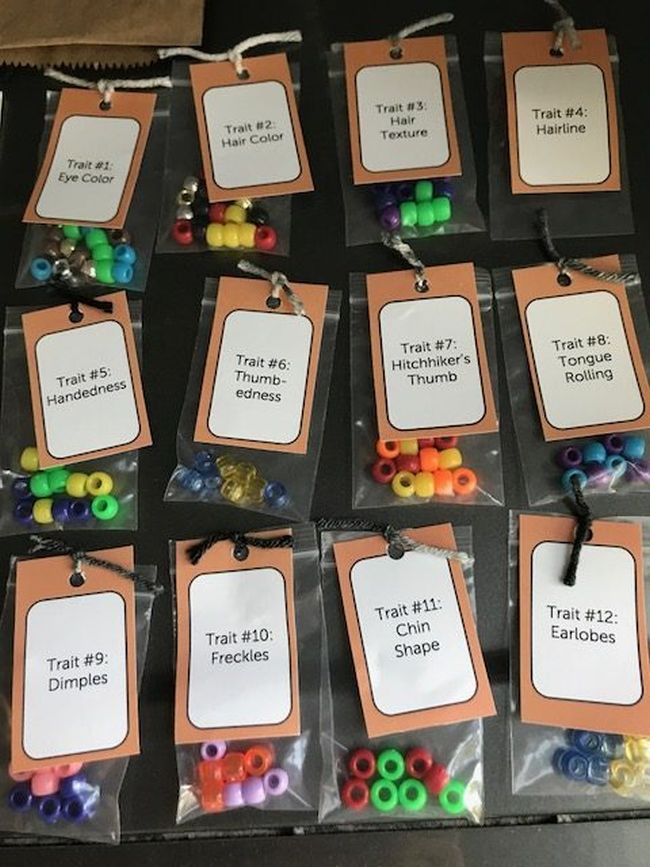
This is a neat way to talk about our genes. Have each student add pony beads to their bracelet to represent different traits. Then they can compare their differences and similarities. It’s likely that no two students will have the same bracelets!
Learn more: DNA Gene Bracelet at Pragmatic Mom
Make naked eggs
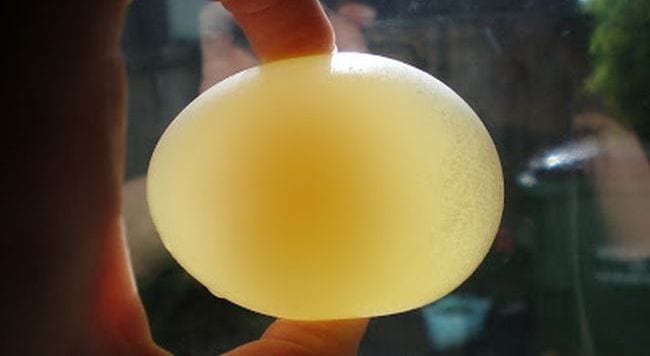
Students dissolve the calcium carbonate eggshell in vinegar and discover the membranes beneath that hold the egg together. It’s a unique and intriguing way to learn about acid-base reactions.
Learn more: Naked Egg at Making Memories With Your Kids
Experiment with naked eggs
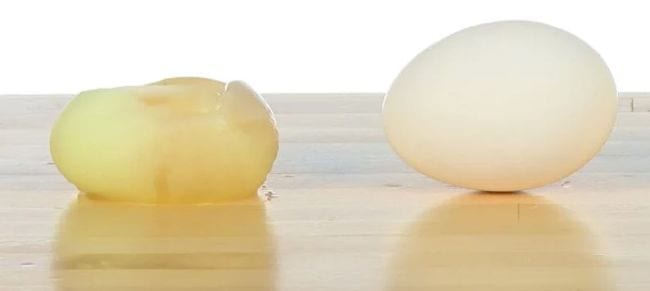
Now, submerge those naked eggs in corn syrup and water to learn about osmosis. The eggs shrink or grow depending on the liquid they’re placed in. So cool!
Learn more: Naked Egg Experiments at Exploratorium
Send water traveling down a string
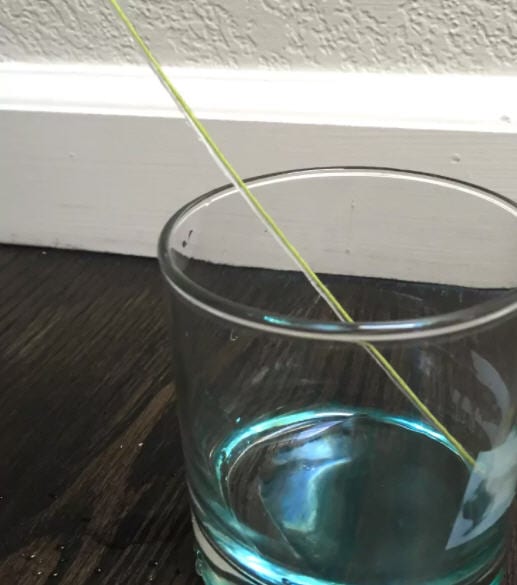
Explore the properties of cohesion and adhesion with this simple experiment using only water and cotton string. Expand the learning by trying the same experiment with different materials and liquids.
Learn more: Traveling Water at Rookie Parenting
Launch a two-stage rocket
The rockets used for space flight generally have more than one stage to give them the extra boost they need. This experiment uses balloons to model a two-stage rocket launch, teaching kids about the laws of motion.
Change the color of a liquid in an instant
Want to see your kids gasp in amazement? Perform the iodine clock reaction. You only need a few drugstore chemicals to change the solution from clear to dark blue faster than students can blink.
Levitate a Ping-Pong ball

Kids will get a kick out of this experiment, which is really all about Bernoulli’s principle. You only need plastic bottles, bendy straws, and Ping-Pong balls to make the science magic happen.
Learn more: Bernoulli Ping-Pong Ball at Buggy and Buddy
Use a fidget spinner to understand inertia

Learning about the laws of motion? This experiment uses a fidget spinner with three lights to show how mass and torque affect inertia.
Learn more: Fidget Spinner Inertia at Homeschool Momgineer
Build a heart pump model
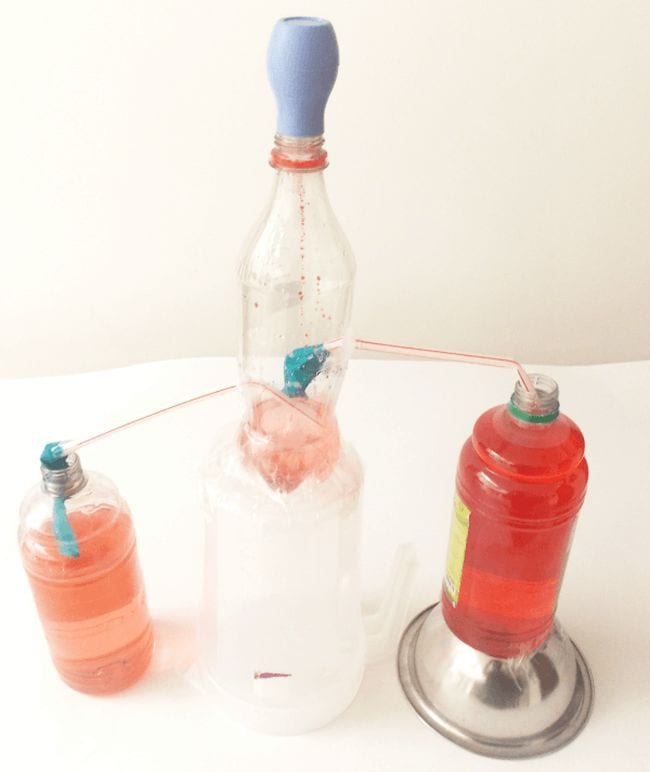
Students gain a deeper understanding of the cardiovascular system when they construct a working model of a heart ventricle.
Learn more: Heart Pump Model at Tina’s Dynamic Homeschool Plus
Construct a pair of model lungs
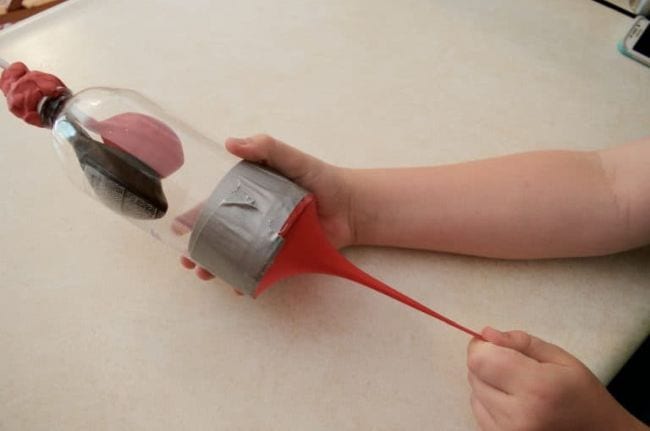
Build model lungs using a plastic water bottle and some balloons to learn more about the respiratory system. You can modify the experiment to demonstrate the effects of smoking too.
Learn more: Lungs Model at Surviving a Teacher’s Salary
Dissect an owl pellet
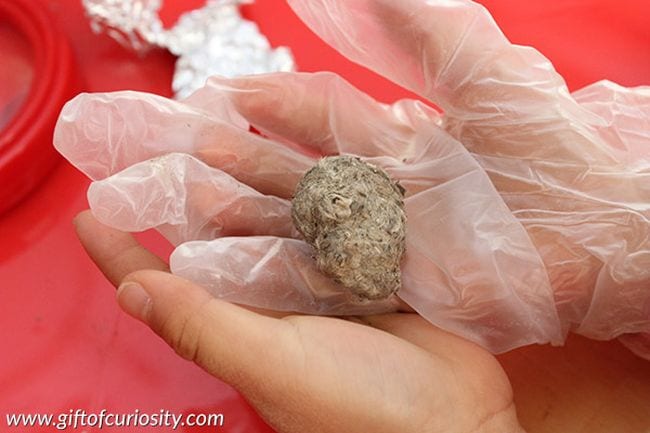
Dig into an owl’s regurgitated meals (it’s not as gross as it sounds!) to discover what their diet consists of. Owl pellets are readily available online, and kids will be intrigued by what they find.
Learn more: Owl Pellets at Gift of Curiosity
Study sound waves with a spoon
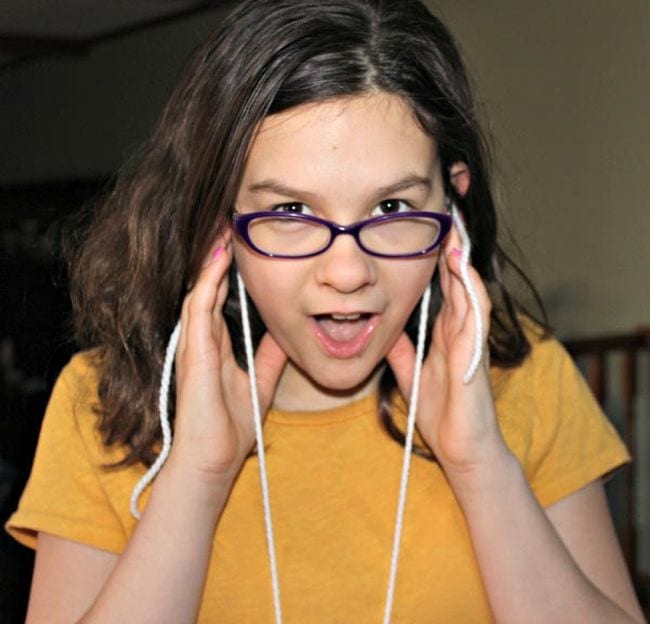
With just yarn and a metal spoon, learn how vibrations create sound, and explore the role of conductors.
Learn more: Spoon Sound Waves at KC Edventures With Kids
Make sparks with steel wool
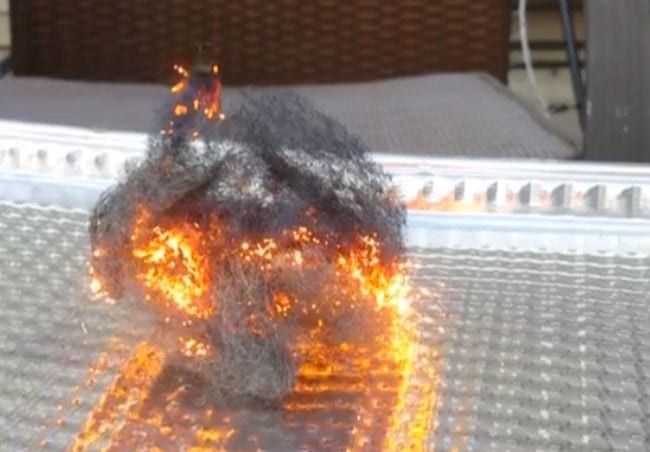
All you need is steel wool and a 9-volt battery to perform this science demo that’s bound to make their eyes light up! Kids learn about chain reactions, chemical changes, and more.
Learn more: Steel Wool Reaction at The Homeschool Scientist
Create a colorful cell model
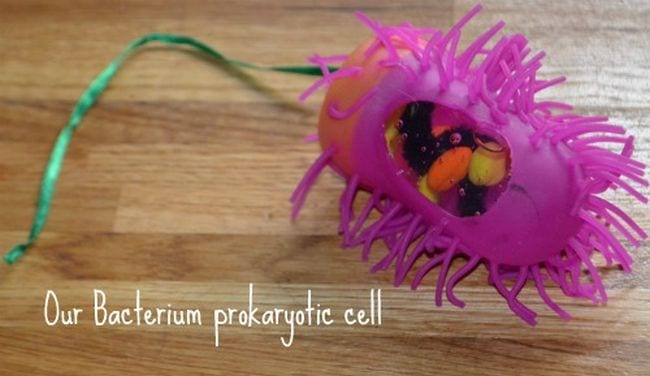
There are lots of cell model projects out there, but this might be one of the cutest ones we’ve seen! And it’s easier to assemble than you might think.
Learn more: Cell Model at Angelic Scalliwags
Extract DNA from a strawberry
It’s surprisingly easy to pull a strand of DNA from this sweet fruit. Teach your kids about genetics and DNA with this 6th grade science project that uses only basic household supplies.
Design a biodome
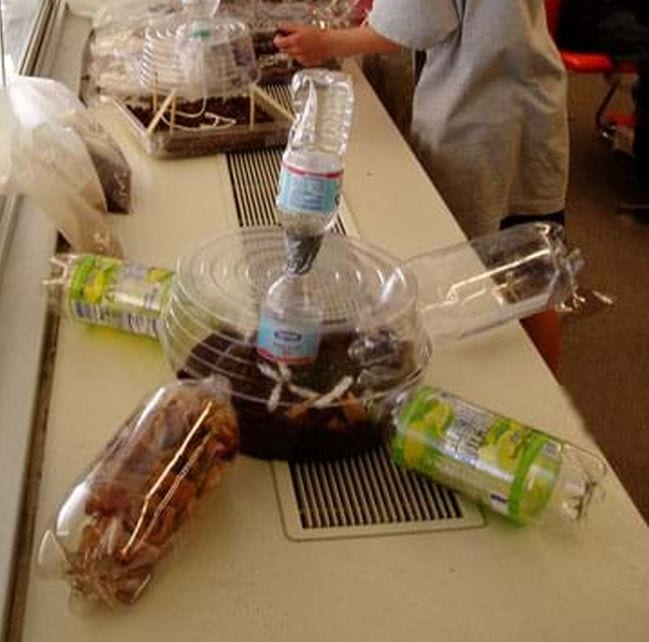
There’s so much to learn in this 6th grade science project. Kids build a scale-model biodome to learn more about different environments and ecosystems, decomposition, the food web, and more.
Learn more: Biodome Project at Teach Engineering
Pull an egg into a bottle
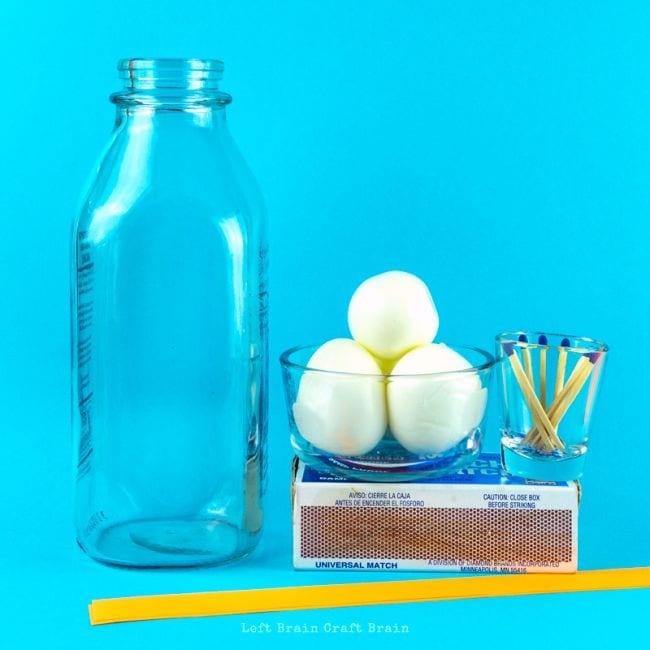
This is another classic science demo that never fails to delight. Use the power of air pressure to suck a hard-boiled egg into a jar—no hands required.
Learn more: Egg in a Bottle at Left Brain Craft Brain
Make a pH indicator from a vegetable
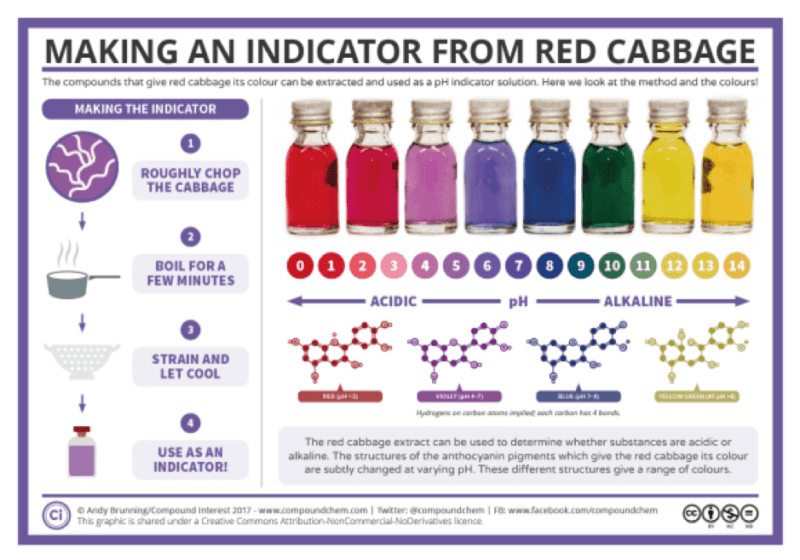
Who knew such a simple material could be used to determine a substance’s acidity or alkalinity? Your students can explore acids and bases with this simple experiment.
Learn more: Red Cabbage Indicator at Compound Interest
Need supplies for your 6th grade science fair projects and activities? Check out these 24 Science Kits for Middle and High School That Make Hands-On Lessons Easy .
Plus, get all the latest teaching tips and tricks straight to your inbox by signing up for our newsletters .
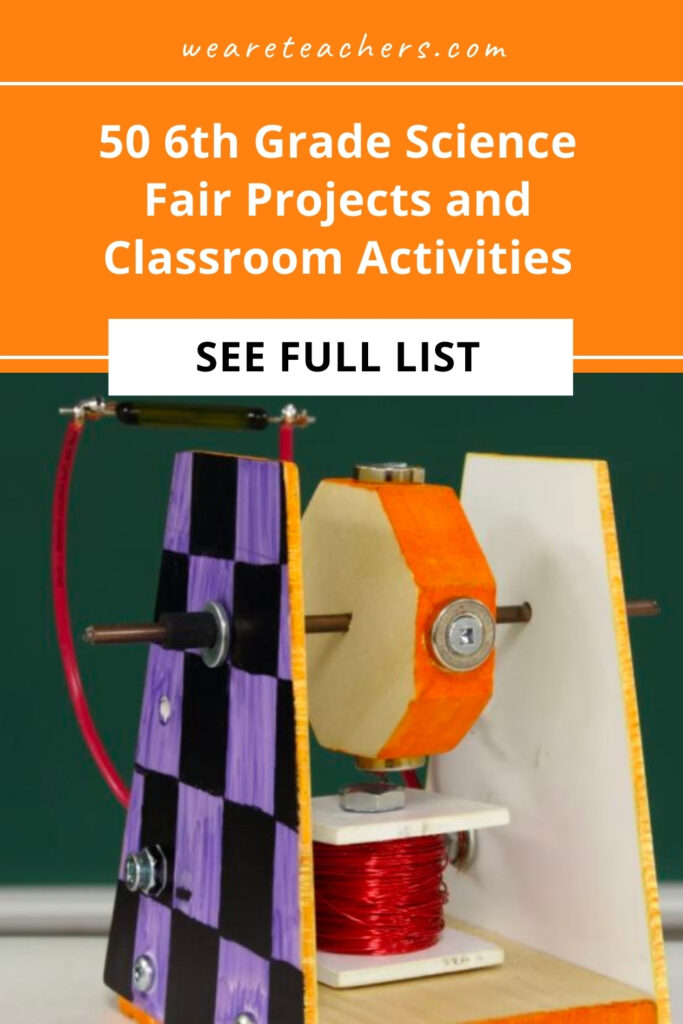
You Might Also Like
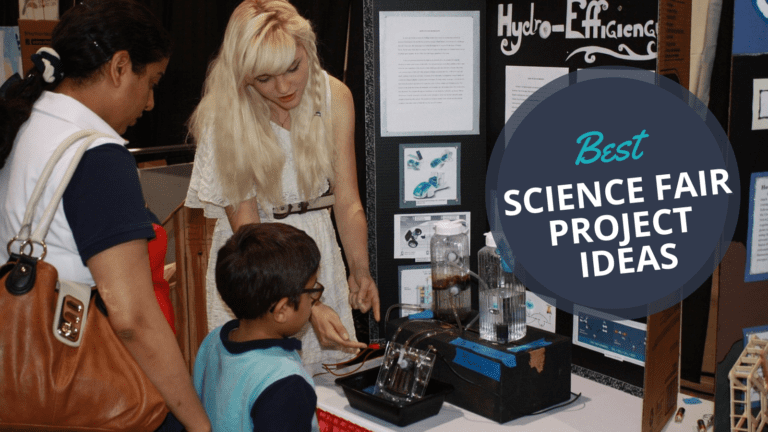
The Big List of Science Fair Project Ideas, Resources, and More
Options for every age, interest, and skill level! Continue Reading
Copyright © 2024. All rights reserved. 5335 Gate Parkway, Jacksonville, FL 32256

IMAGES
VIDEO